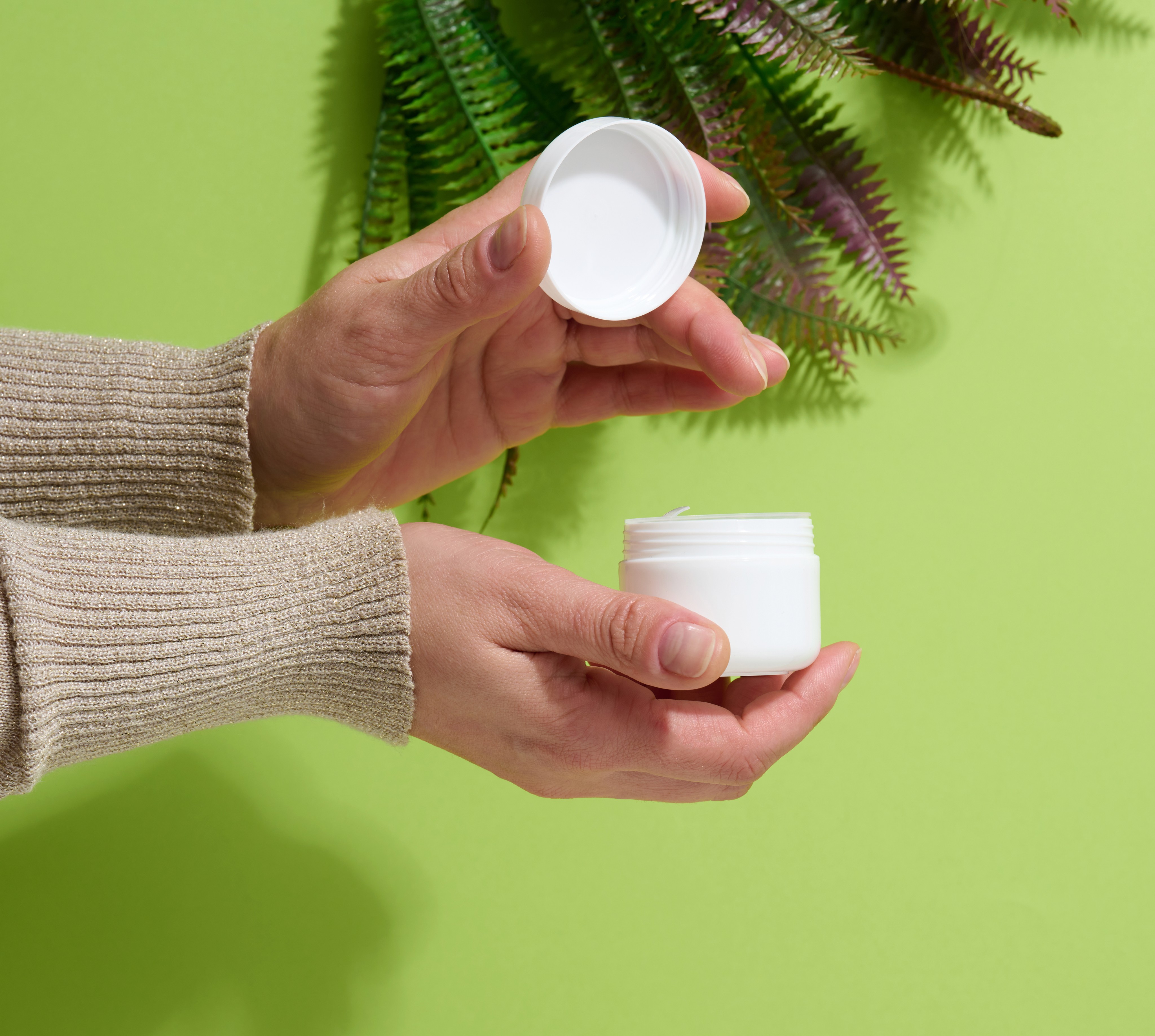Decoding CBD Concentrations: Why Higher Milligrams Aren't Always Better

The journey toward effective pain management is increasingly turning toward nature, with Cannabidiol (CBD) emerging as a key player in offering a holistic approach to relief. As healthcare professionals explore the potential of CBD topicals in their practices, a critical question arises: Does a higher concentration of CBD guarantee superior efficacy? This article delves into the nuances of CBD concentrations, challenging the prevalent notion that more is always better and highlighting the importance of a balanced approach for optimal therapeutic outcomes.
Understanding CBD and Its Role in Pain Management
Cannabidiol, or CBD, stands out among the myriad natural compounds for its unique ability to provide relief without psychoactive effects. This characteristic makes it an appealing option for individuals seeking alternatives to traditional pain relief methods. CBD's potential to alleviate symptoms associated with chronic pain, inflammation, and muscle soreness positions it as a versatile tool in natural pain management, offering a pathway to wellness that aligns with the body's natural processes.
Decoding CBD Concentrations
CBD concentration refers to the total amount of CBD present in a product, measured in milligrams. While it's tempting to equate higher milligrams with increased effectiveness, the reality is more complex. The efficacy of CBD topicals depends not just on the concentration but also on the product's formulation, including the ratio of CBD to the total volume and the presence of other beneficial ingredients. Understanding these factors is crucial for healthcare professionals when selecting CBD products for their practice.
Why Higher Milligrams Aren't Always Better
The effectiveness of CBD in pain management topicals is not solely determined by the concentration of CBD. The concept of the "entourage effect" suggests that the therapeutic benefits of CBD are enhanced when combined with other natural ingredients, such as essential oils and herbal extracts. These combinations can work synergistically to provide a more comprehensive relief than CBD alone, emphasizing the importance of a well-rounded approach to formulation over merely seeking the highest concentration possible.
Research supports the idea that formulations designed with a balanced approach can be more effective, underscoring the need for healthcare professionals to consider the overall composition of CBD topicals. It's about finding the right balance that resonates with the body's natural healing processes, rather than relying on a singular metric of potency.
Choosing the Right CBD Product for Your Practice
Incorporating CBD topicals into your practice requires a discerning approach, focusing on quality and comprehensive formulation. Here are key considerations:
Comprehensive Formulation: Opt for products that highlight the synergy between CBD and other natural ingredients, enhancing the therapeutic potential.
Third-party Testing: Choose products subjected to independent lab testing, ensuring purity, potency, and safety.
Ingredient Quality: Prioritize topicals that utilize high-quality carrier oils and natural additives, which can improve the overall effectiveness and patient experience.
Conclusion
Navigating the complexities of CBD concentrations in pain management requires a shift in perspective, from a focus on sheer potency to an appreciation for balance and formulation. By selecting CBD topicals that are thoughtfully crafted and backed by independent testing, healthcare professionals can offer their patients a natural, effective option for pain relief. Explore our collection of all-natural pain management topicals, where the commitment to quality and patient well-being guides our selection, providing a trusted resource for those seeking a holistic approach to pain management.